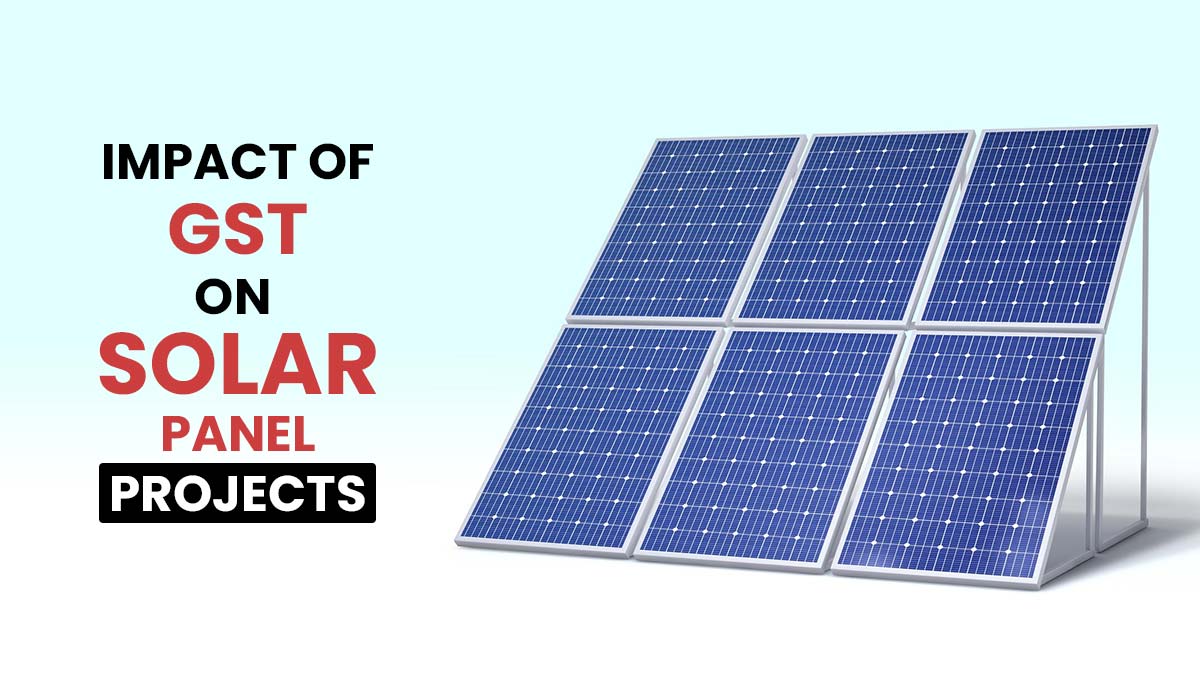
After the 56th GST Council Meeting held on 3rd September 2025, solar products and panels saw amendments in Goods and Services Tax (GST). On various renewable energy devices, rates of GST shall be rationalised to 5% w.e.f 22nd September 2025, to lessen the cost of clean energy projects and make electricity cheaper.
56th GST Council Meeting Update on Solar Projects
| Description | Current GST Rate | New GST Rate From 22nd September |
|---|---|---|
| Solar Cookers | 12% | 5% |
| Solar Water Heater and System | 12% | 5% |
| Following renewable energy devices and parts for their manufacture:- (a) Bio-gas plant; (b) Solar power-based devices; (c) Solar power generator; (d) Wind mills, Wind Operated Electricity Generator (WOEG); (e) Waste to energy plants / devices; (f) Solar lantern / solar lamp (g) Ocean waves/tidal waves energy devices/plants; (h) Photo voltaic cells, whether or not assembled in modules or made up into panels. | 12% | 5% |
| Fuel Cell Motor Vehicles, including hydrogen vehicles based on fuel cell technology | 12% | 5% |
GST reduction is anticipated to reduce the capital cost of utility-scale solar projects, which have a cost of nearly Rs 3.5–4 crore per megawatt (MW), by approximately Rs 20–25 lakh per MW. Thereafter, it can lead to a decrease in solar tariffs, which makes solar energy accessible to households, farmers, industries, and developers.
Read Also: What If Electricity Comes Under GST in India?
The multiple GST rates execution and their uncertain applicability to distinct sorts of equipment and services for solar projects remained a concern for developers and investors. The same intricacy can affect the speed of the second phase of solar park development, which has the objective to add 20,000 MW capacity.
The decision of the GST council to lower the GST rate concerning renewable energy devices from 12% to 5% is an influential step for accelerating the clean energy transition of India. The government, by reducing the tax load on solar pertinent elements and projects, has the motive to make solar power cheaper and enhance the growth in the renewable energy sector.
Closure to that the GST rate reduction is a positive development for the solar industry, the Ministry of New and Renewable Energy (MNRE), Solar Energy Corporation of India Limited (SECI), and other pertinent agencies would be required to furnish guidelines of the applicable GST slabs for the forthcoming solar power projects. Uncertainties will be mitigated through the same transparency and assist the successive growth of the solar energy sector of India.